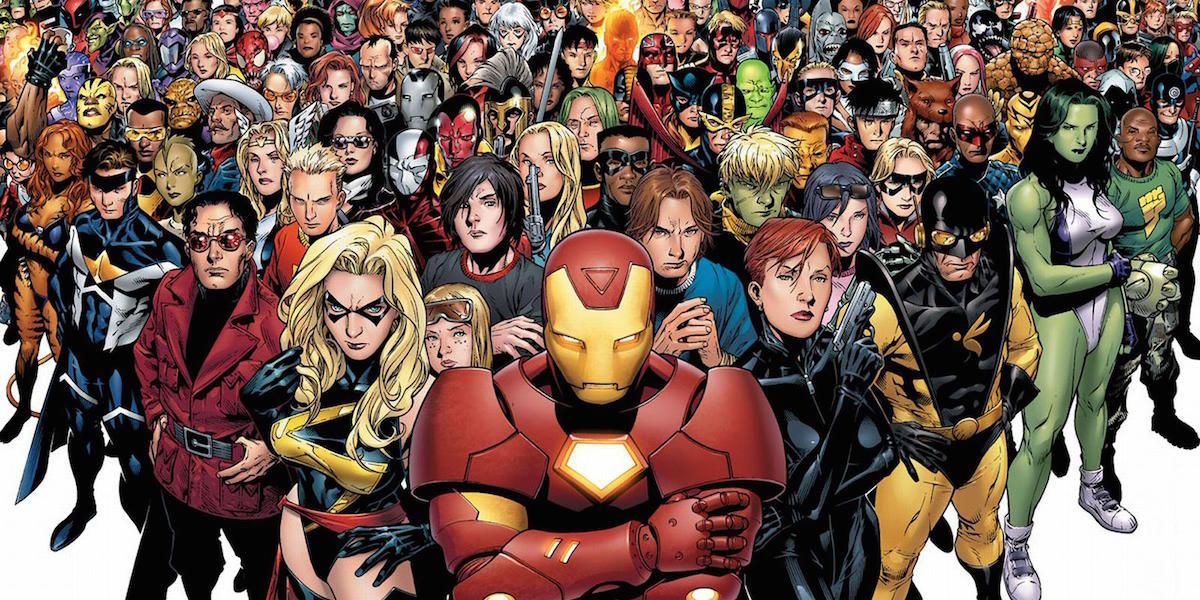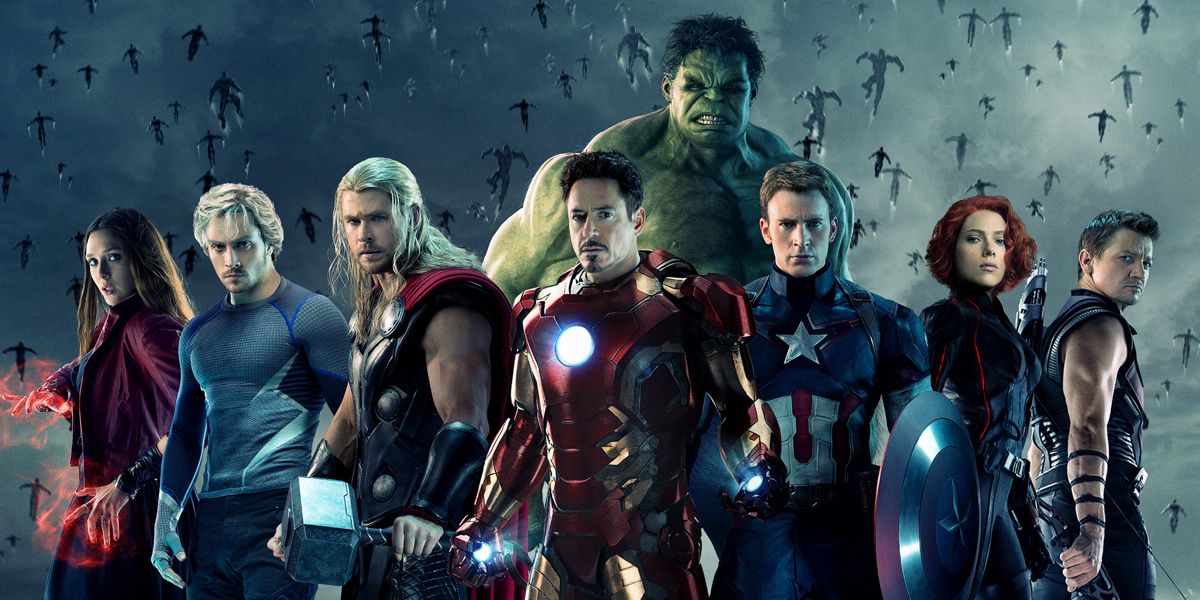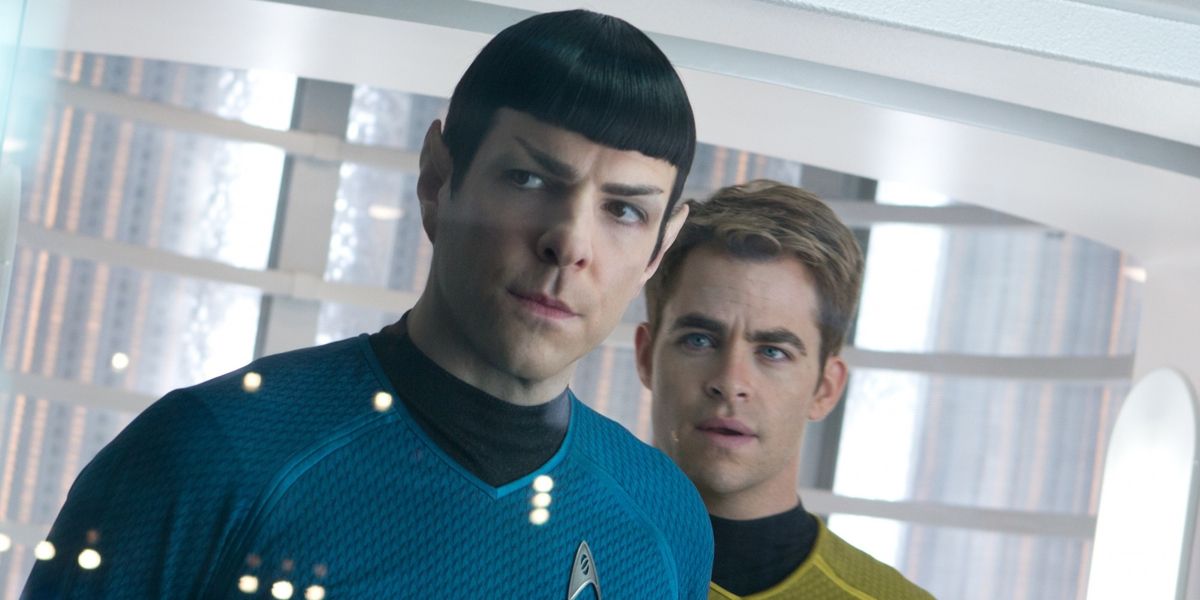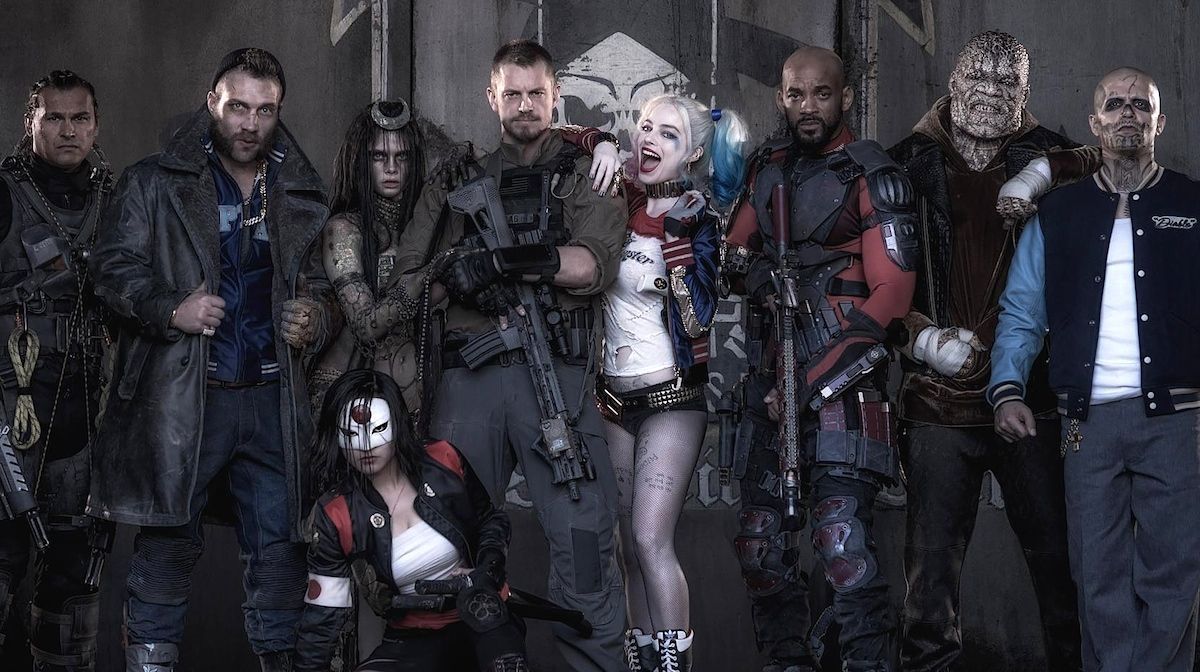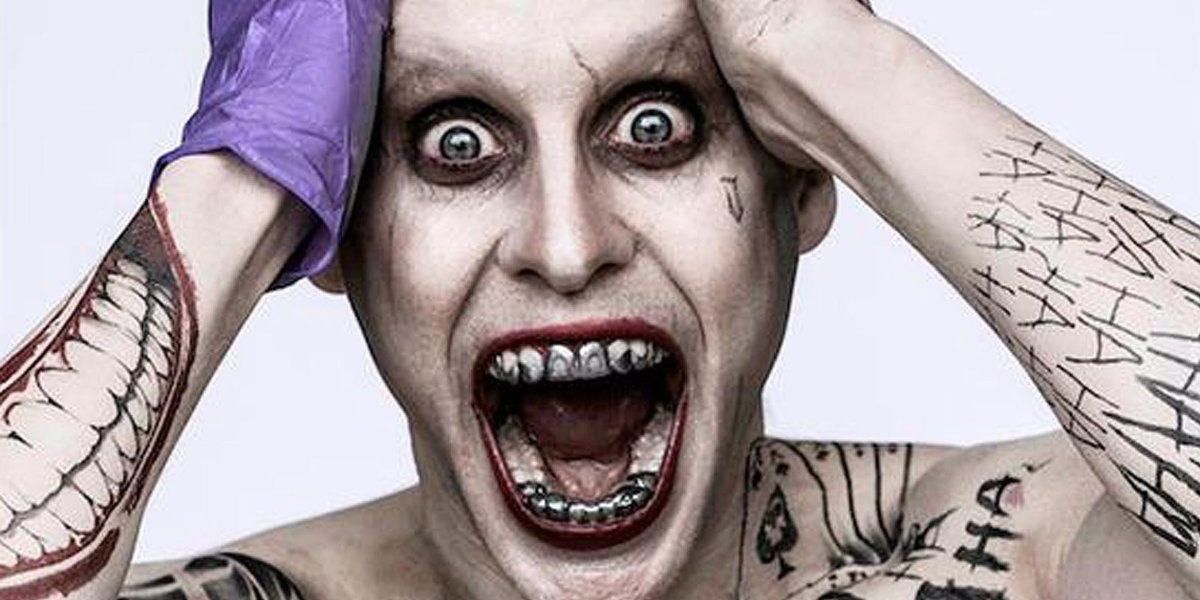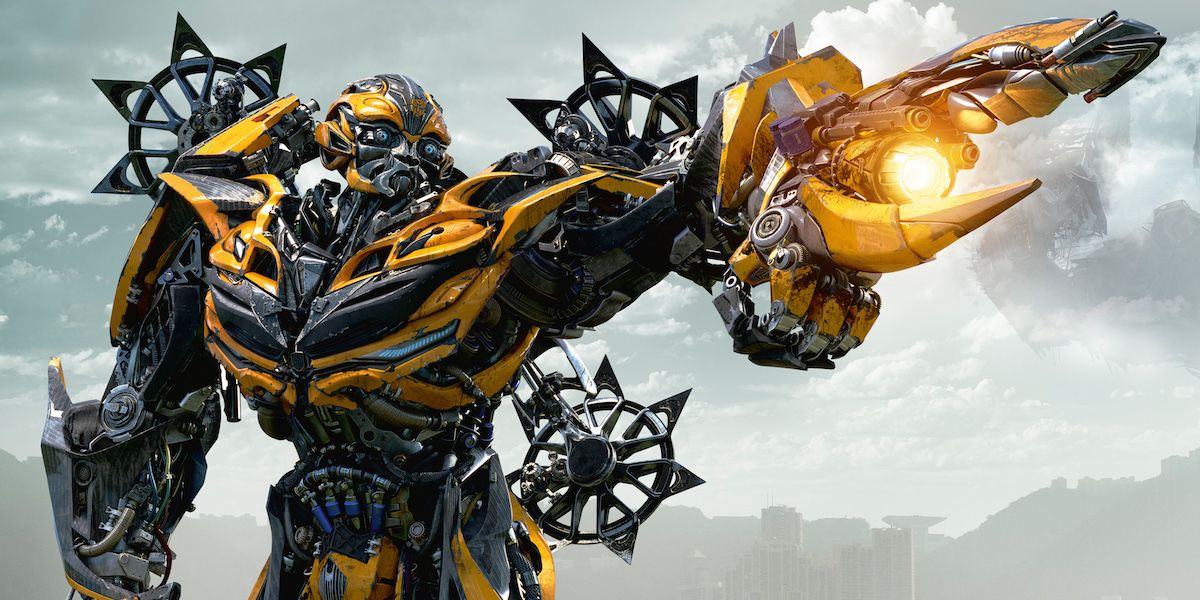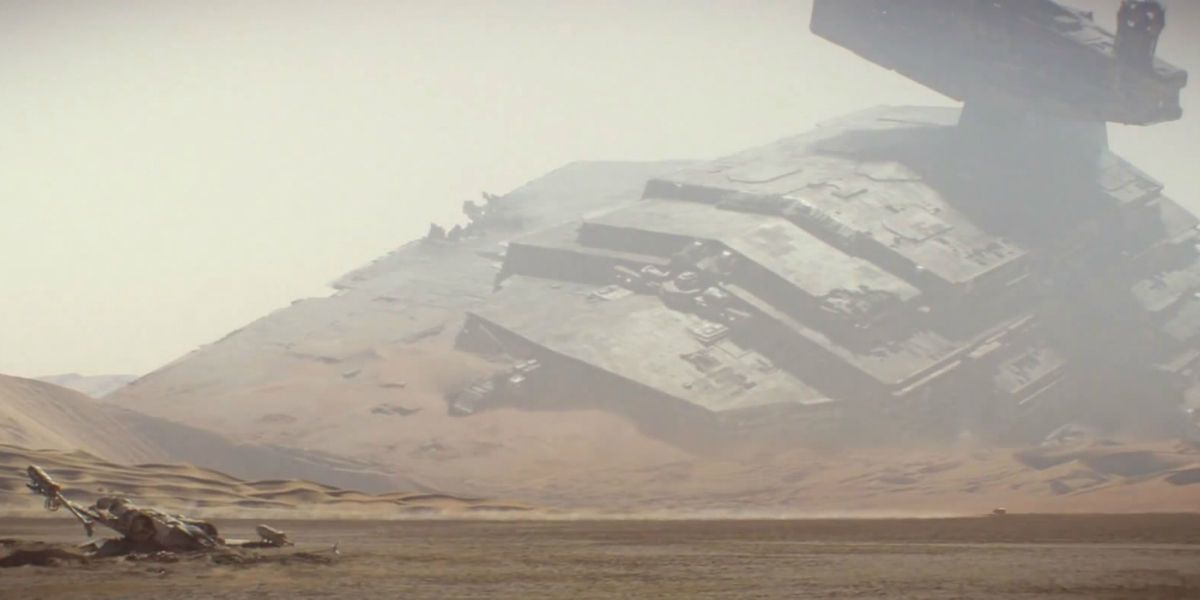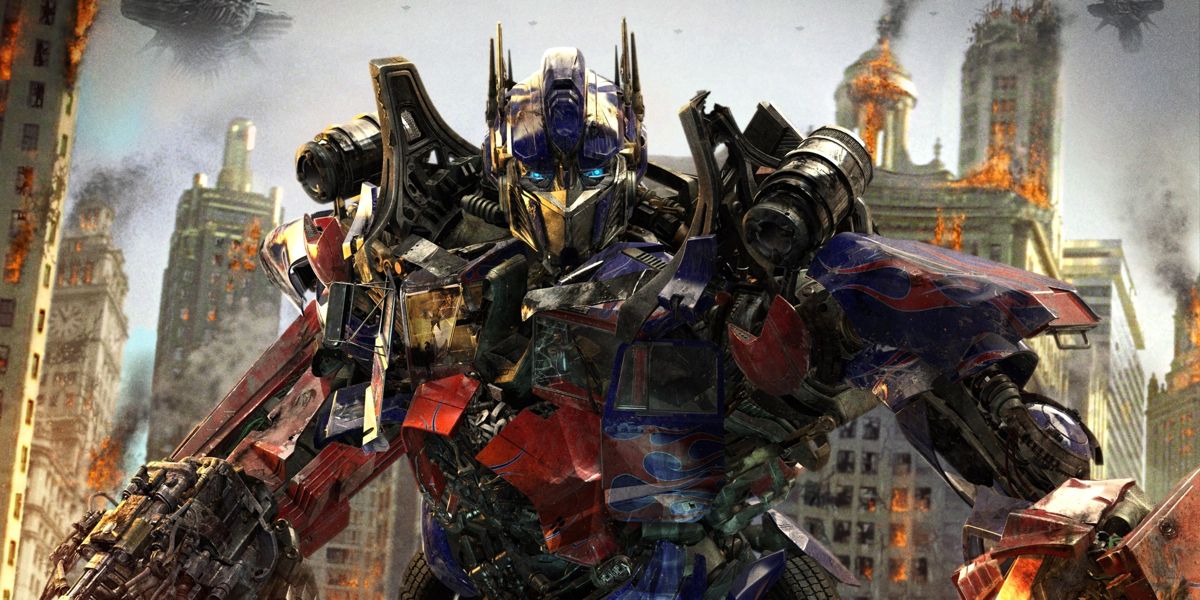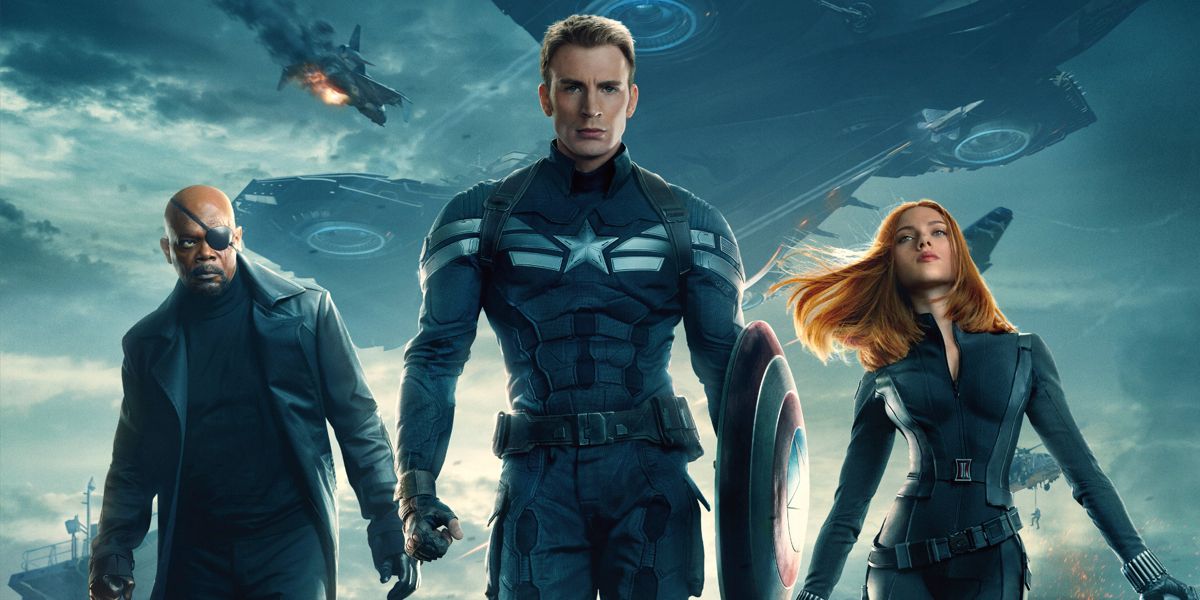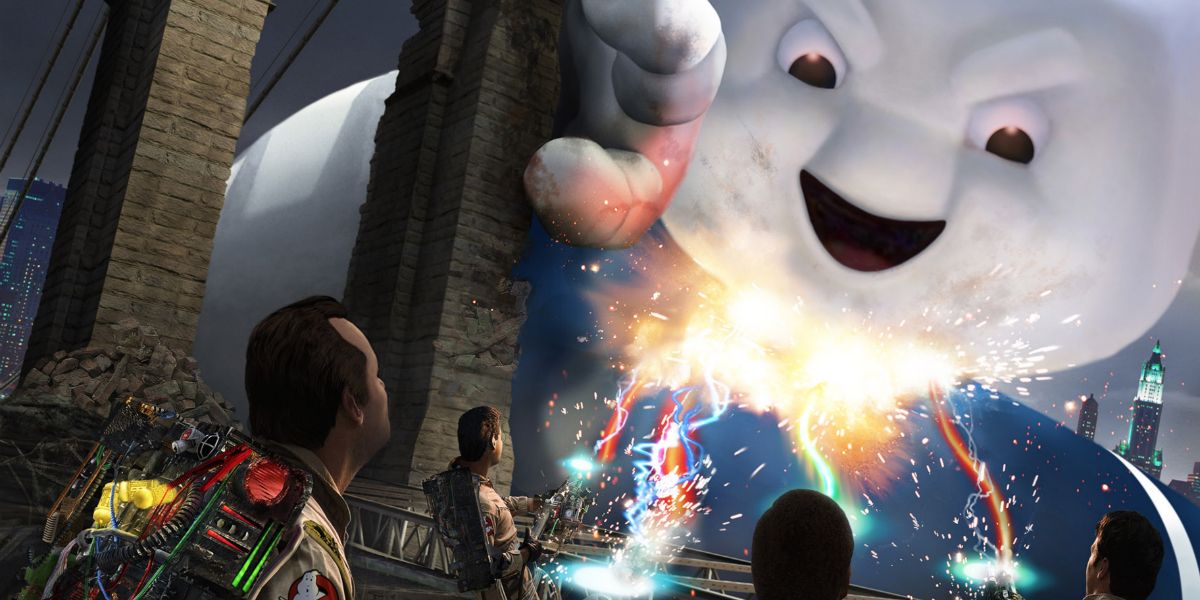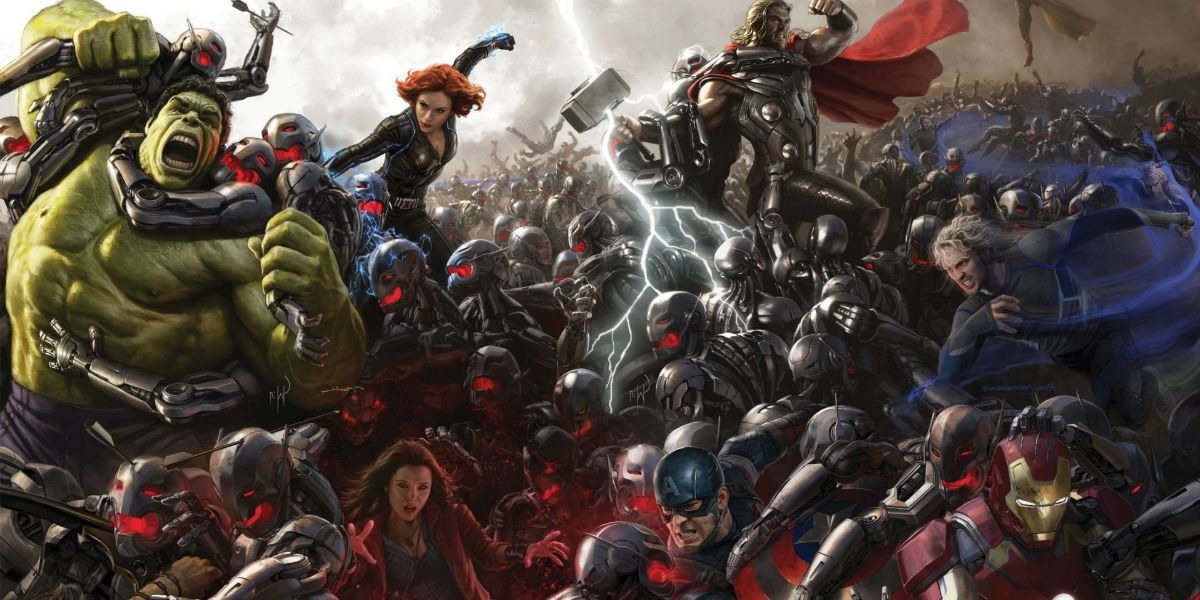Following on the heels of prior industry trends, such as prequels and reimaginings, Shared Cinematic Universes are Hollywood's latest blockbuster buzz phrase. Building off decades of interwoven comic book universe storytelling, Marvel Studios launched the MCU to critical acclaim and, six years later, has accumulated $8.4 billion at the global box office (so far). For that reason, it was no surprise to hear that rival superhero studio DC Entertainment (a subsidiary of Warner Bros.) was preparing their own shared cinematic universe, dubbed the DCCU.
In the years since, shared cinematic universes are no longer limited to comic book properties - with Star Wars, Universal Monsters, and more laying the groundwork for cross-franchise adventures. Still, while some shared universes promise innovation and unprecedented big screen spectacle, others sound more like shameless cash grabs (at best) and downright questionable application of the cinematic universe label.
As a result, we're revisiting the history of interwoven franchise storytelling on film and taking a closer look at several developing shared cinematic universes to answer the question, "What is a Shared Cinematic Universe Really?"
-
Revisionist History: Marvel Wasn't the First Shared Cinematic Universe
Long before Nick Fury (Samuel L. Jackson) appeared in a post-credits teaser during Iron Man to tease the formation of The Avengers (the team and the shared film universe), heroes and villains from different franchises had already been crossing over in a variety of mediums: novels, comic books, television, and even movies. After all, back in 1943 Universal Pictures began forming their own shared movie universe (before the phrase was an industry buzz word), releasing Frankenstein Meets the Wolf Man - with House of Frankenstein following two years later (featuring the Wolf Man, Dracula, the Hunchback, and Frankenstein's monster).
Since that time, other franchises have toyed with their own cross-overs - and, even more frequently, spin-offs: an appearance by Family Matters' Steve Urkel on fellow TGIF series Full House and Step by Step, numerous interwoven narrative shared between daytime soap operas including All My Children and One Life to Live, as well as pre-Avengers Joss Whedon's shared Buffy the Vampire Slayer and Angel storylines, among others. Interconnected shared universe filmmaking wasn't segregated between the big and small screen either: as characters from Star Trek, The Next Generation, Deep Space Nine, and Voyager all crossed paths on TV - along with a few cross-series movie appearances (examples: William Shatner in Star Trek Generations and Leonard Nimoy in the Star Trek reboot).
Without a doubt, Marvel Studios upped the ante for shared cinematic universe production - committing wholeheartedly to the development of interweaving solo movie storylines and companion TV series, all punctuated by blockbuster superhero team-ups - but it's important to note that, as indicated, the phrase "shared cinematic universe" has meant different things throughout the years. Based on the Marvel standard, Urkel's arrival on other TGIF shows would be dismissed as little more than a stunt cameo; yet, the character's appearance, inherently, implies Family Matters, Full House, and Step by Step all exist in the same world.
Similarly, whereas The Flash and Arrow, along with future series Legends of Tomorrow, have taken connected TV universes to a new level, back in the late 1990s, when Buffy the Vampire Slayer and Angel were both airing, cross-over episodes were mostly promotion-over-substance - opportunities to galvanize ratings during key TV windows rather than genuine universe-building platforms.
So, now what is the definition of a shared cinematic universe in the post-Avengers era? It depends on who you ask.
-
The Shared Universes of Today (and Tomorrow)
After seven years of Avengers movies, and two seasons of Agents of SHIELD, viewers have a pretty clear idea of the MCU approach to shared cinematic universe storytelling. Time will tell exactly how the studio intends to incorporates the supernatural (Doctor Strange), but Marvel has already established a semi-separate but still connected intergalactic sci-fi storyline with Guardians of the Galaxy not to mention laid groundwork for super-powered people via an Inhumans arc on Agents of SHIELD. Marvel's shared cinematic universe is massive and even the most obscure heroes and villains that currently exist on the periphery have been carefully positioned for future implementation into the main MCU storyline - especially with a game-changer like Infinity War on the horizon.
For years, fans had debated whether DC could play catch-up with Marvel - by skipping origin stories and jumping right into a Justice League team-up. It shouldn't come as a surprise to hear that Warner Bros.' actual plan wasn't a simple question of solo movies versus team-ups; instead, the studio is using the foundation established in Man of Steel as a keyhole into an established DC Universe - where Batman is a veteran (and aged) crimefighter, Wonder Woman is an experienced warrior, Aquaman is an active protector of Earth's oceans, plus Joker and Harley Quinn already have lengthy rap sheets.
Some may be skeptical of the studio's ability to inject so many iconic characters into the mix in a very short amount of time but director Zack Snyder already balanced present action and origin setup in Man of Steel - juxtaposing events in Kal-El's adult journey of self-discovery with key backstory turning points from his past. Given that most origin stories follow similar plot beats - inciting radioactive/supernatural/traumatic event, experimentation with new powers, villain does an evil deed, and climactic showdown - audiences have grown tired of cookie-cutter superhero solo movies. It's a criticism that Marvel is applying for their own films in Phase 3 - while origin story burnout gives the DCCU's in medias res approach added momentum.
Still, while DC and Marvel have taken different approaches to building a shared movie universe, the end result is similar: a vast world full of heroes and villains with interconnected story lines. The same can't be said for other proposed/announced cinematic universes - which seem to be playing fast and loose with "shared universe" terminology. Most viewers rolled their eyes at the notion of Universal's Monsters cinematic universe, set to bring sympathetic versions of The Mummy, Dracula, Frankenstein's Monster, and more together - in order to fight a greater world-threatening evil.
However, in spite of major alterations to Dracula Untold, to fit the film into Universal's shared Monsters storyline, viewers could, at the very least agree that a Monsters team-up could qualify as a shared universe. Even if it sounds utterly ridiculous, the monsters and their backstories are different and unique enough to make teaming-up a special event. Conversely, when Paramount Pictures revealed their own plan to turn the Transformers film series into a full-on Cinematic Universe, viewers began to pay more attention to the difference between a shared movie universe and standard franchise building.
Considering the Transformers film series has completely abandoned the "robots in disguise" premise of the original cartoon, comic book series, and first live-action film, in favor of very public, city-leveling, robot warfare, it's no surprise that producers are trying to find additional avenues for the Transformers series to explore - especially after the first four entries collectively racked up $3.7 billion in global box office revenue. Still, with reports suggesting that the TCU could include a Bumblebee spinoff and Cybertron-set origin story, Paramount's shared universe doesn't, on the surface, sound very different from basic franchise building. The recent announcement of a Transformers brain trust as well as collaborating team of writers is an encouraging sign; when you compare Transformers Cinematic Universe to what Disney is doing with Star Wars, the lines between franchise building and genuine shared universe storytelling get a bit blurry.
While moviegoers scoffed at Paramount's TCU, fans were significantly more accepting of Lucasfilm's plan to release one Star Wars Universe movie each year. No doubt, the Transformers movies are a source of heated debated among filmgoers but like Star Wars, it sounds as though the Transformers Cinematic Universe will be comprised of main numbered entries, likely with Optimus Prime in the starring robot role, as well as smaller side-stories and prequels that explore tangential but connected corners of the full universe. The plan is, essentially, the same; yet, where Star Wars is being championed for developing adventures outside of the main Skywalker story, Transformers is being chastised for a plan to expand beyond Optimus Prime's tiring battle with Megatron/Galvatron.
Understandably, Star Wars has long-earned a second chance with fans - after George Lucas underwhelmed with a CGI-heavy prequel series. Is Transformers, which diehard fans can confirm has developed an expansive and engaging mythology in comic book and cartoon form, not worthy of the same opportunity? Maybe, maybe not.
So what is the difference between basic movie franchise building and a full-fledged cinematic universe?
NEXT PAGE: Traditional Franchise Building vs. Shared Cinematic Universe
-
Traditional Franchise Building vs. Shared Cinematic Universe
At the end of the day, studios can throw around the Shared Cinematic Universe buzz phrase all they want but - not all shared movies universes were created equal (or with the same care). There's no arguing with any one definition of a Shared Cinematic Universe - since, technically, a Transformers spinoff would be part of a connected franchise storyline; however, some film series are more deserving of the label than others.
Whereas Paramount is rebranding an existing franchise film model of sequels, spinoffs and prequels (no one called the Mummy/Scorpion King series a shared universe) and fueling it with the hype for Cinematic Universes, Marvel has built an expansive and interconnected story - mapped out half-a-decade in advance. Avengers universe movies aren't perfect, and there are still plenty of shared storytelling wrinkles for the studio to iron out, but there's no substitute for a team of creators working to develop memorable standalone films that, with a deft hand as well as careful collaboration, build-on an expansive multi-movie experience.
Captain America: The Winter Soldier and Star Wars: The Empire Strikes Back are solid films on their own but are also windows into larger storylines - filled with equally captivating characters and exciting adventures. Comparatively, the Transformers has series has struggled to recapture the wonder of Michael Bay's first installment, trading bigger explosions and new robots (also toys) in place of realized world-building. There's nothing wrong with summer blockbuster escapism, which is why several Transformers films received favorable reviews here at Screen Rant, and earned billions at the global box office; yet, while naysayers are often excessively hard on the Transformers films, the movies are equally unapologetic in their aims to sell tickets and toys - through any means necessary.
As a result, it should come as little surprise that Transformers has joined the flood of movie franchises that hope to benefit from shared cinematic universe branding - a flood that also contains Universal Monsters (as mentioned), plus Terminator, Ghostbusters, and Conan the Barbarian, among others. Many of these franchises hope to harness the excitement of shared universe hype as a means to invigorate fans, and reacquire casual viewers.
It's a smart short term strategy but, with increasingly high expectations for the MCU and DCCU, fledgling movie universes will have their work cut out for them. By announcing a shared universe, a studio is setting a tall bar - meaning that if they only deliver a half-baked franchise plan (with loosely connected sequels, prequels and spinoffs), playing into the hype could ultimate backfire. Certainly, select franchises will be more successful than others (while some will fail to launch even a single movie). What will separate the successes from the failures?
The definition of a shared cinematic universe may be hard to pin down but one thing is certain: building a shared cinematic universe takes more than press releases, multi-movie actor contracts, and a rich source material, it requires unflinching dedication from the producers, directors, and writers working behind the scenes. True cross-movie (and cross-medium) storytelling takes investment and unparalleled patience - in an industry that, for years, tracked franchise performance one movie at a time.
How many development teams have what it takes to actually launch a shared cinematic universe - one that can stand to compete with Marvel and the DCCU? Time will tell but just remember, these are the same studios that have chased industry trends for over half-a-century - leaving a stream of failed reboots, remakes, sequels, prequels, spin-offs, and reimaginings in their wake. Surely, there were plenty of diamonds in the rough, but there were also a lot of broken promises too.

